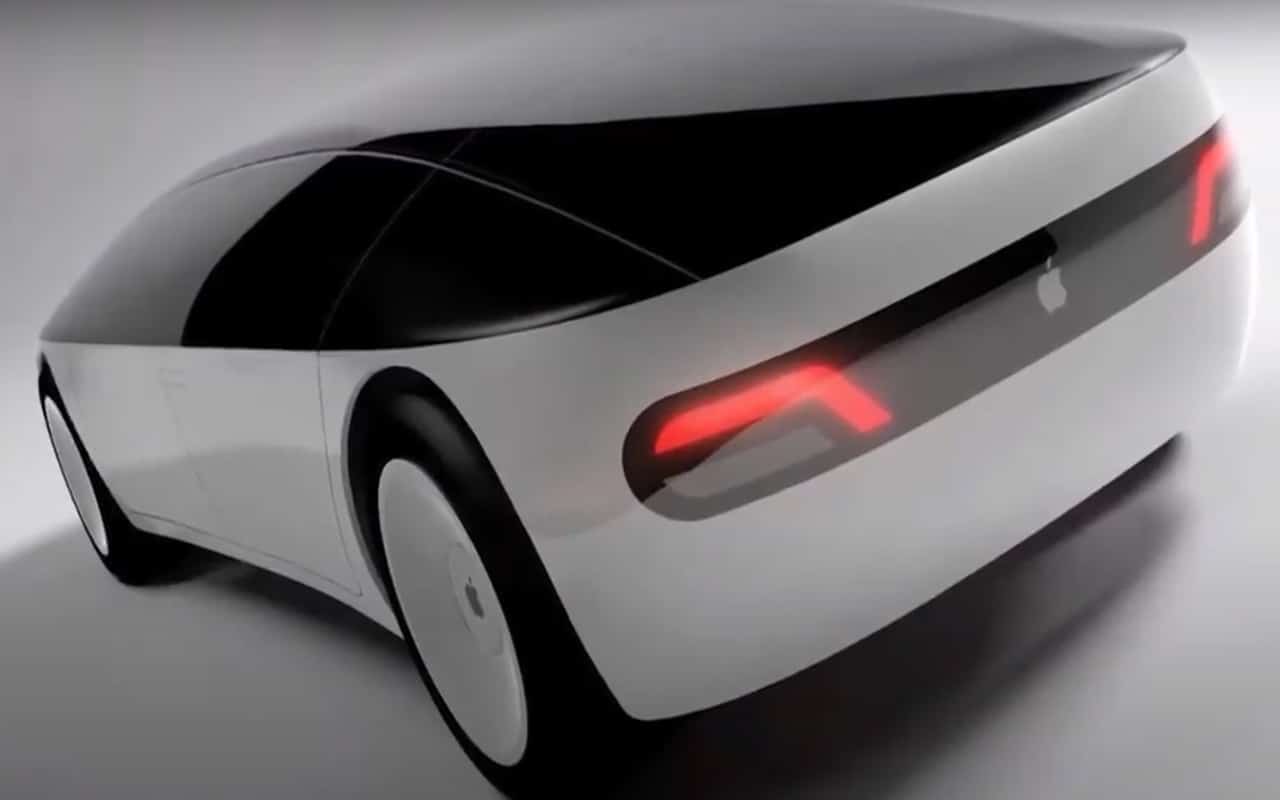
The Apple car has been the result of what happens when corporate indecision, technological challenges and market realities combine: a wasted opportunity that delays the future of the company. In reality, Apple's car was doomed to failure due to its noble objectives of surpassing Tesla.
Around 2014, Apple Inc. had a plan that would diversify revenue and chart a future beyond the iPhone in one fell swoop: an electric vehicle. Let's see what finally happened!
At that moment, It seemed that the automotive market would be the next battleground for Silicon Valley, especially in the area of autonomous driving technology. It was also clear, thanks to the efforts of Tesla Inc. and others, that cars were essentially becoming computers on wheels.
It felt like the perfect opportunity for Apple: a category ripe for disruption that could be transformed with a smart combination of hardware, software and services. The company could design the most striking looking car on the road, develop its own underlying operating system and sell services on top of it, such as autonomous driving features, Apple Music and TV+ video streaming.
The Apple Car, dead before being born
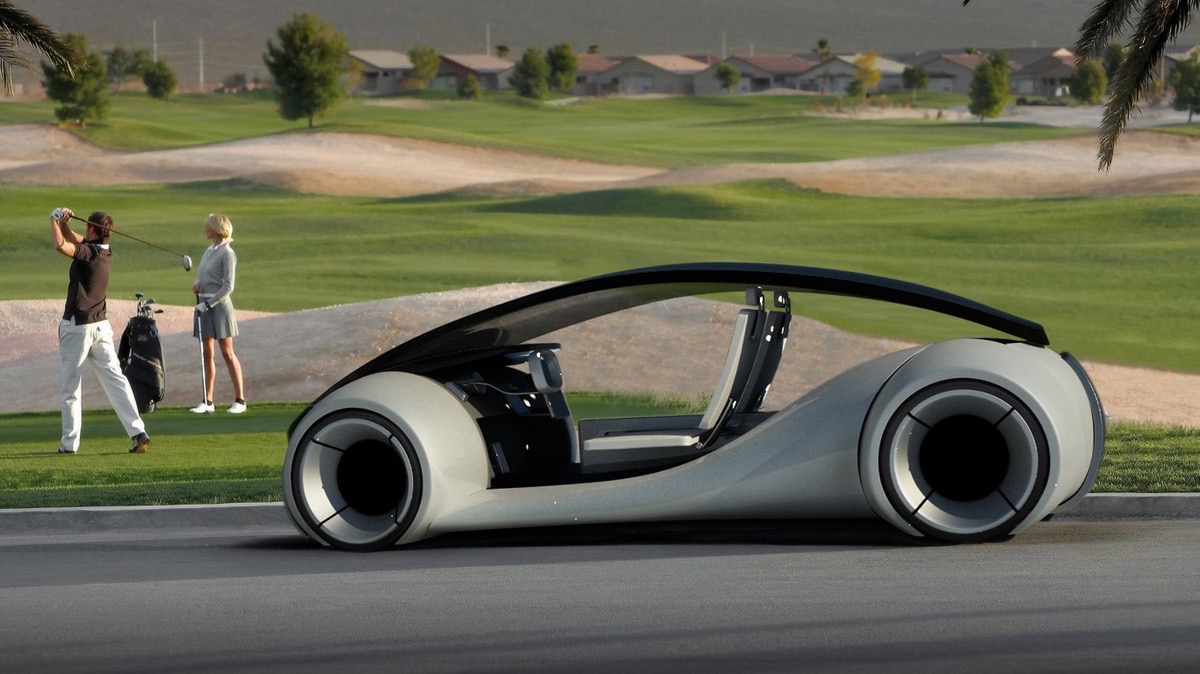
But Apple's project was almost immediately derailed by indecision and disagreement, technological challenges, and the cold, hard realities of the automotive sector.
Director executive Tim Cook and other executives did not agree on what strategy to follow, whether to build a complete car or just take care of the software, the individual gadgets inside the car... A major point of dispute was the level of autonomy that would be given to the car. The scale ranges from 0 to 5, and Apple's goals changed several times throughout the project. At the same time, the outlook for the overall electric vehicle market was changing.
In that context, it's true that killing Apple's car project isn't entirely a mistake, especially since it frees up resources to focus on new generative AI features. But it's still a massive disappointment that will alter the course of the company's history, perhaps for decades to come.
Without a car on the horizon, there's nothing new to catch the attention of Apple investors, employees, and customers to get excited about, at least not on the scale of an electric vehicle. There is no other category that can increase Apple's revenue the way a car can.
And if the car had worked, it would have been amazing. Based on everything we've seen about the design and features, it would have surprised consumers and stood out in an increasingly crowded EV market.
Continuous design changes
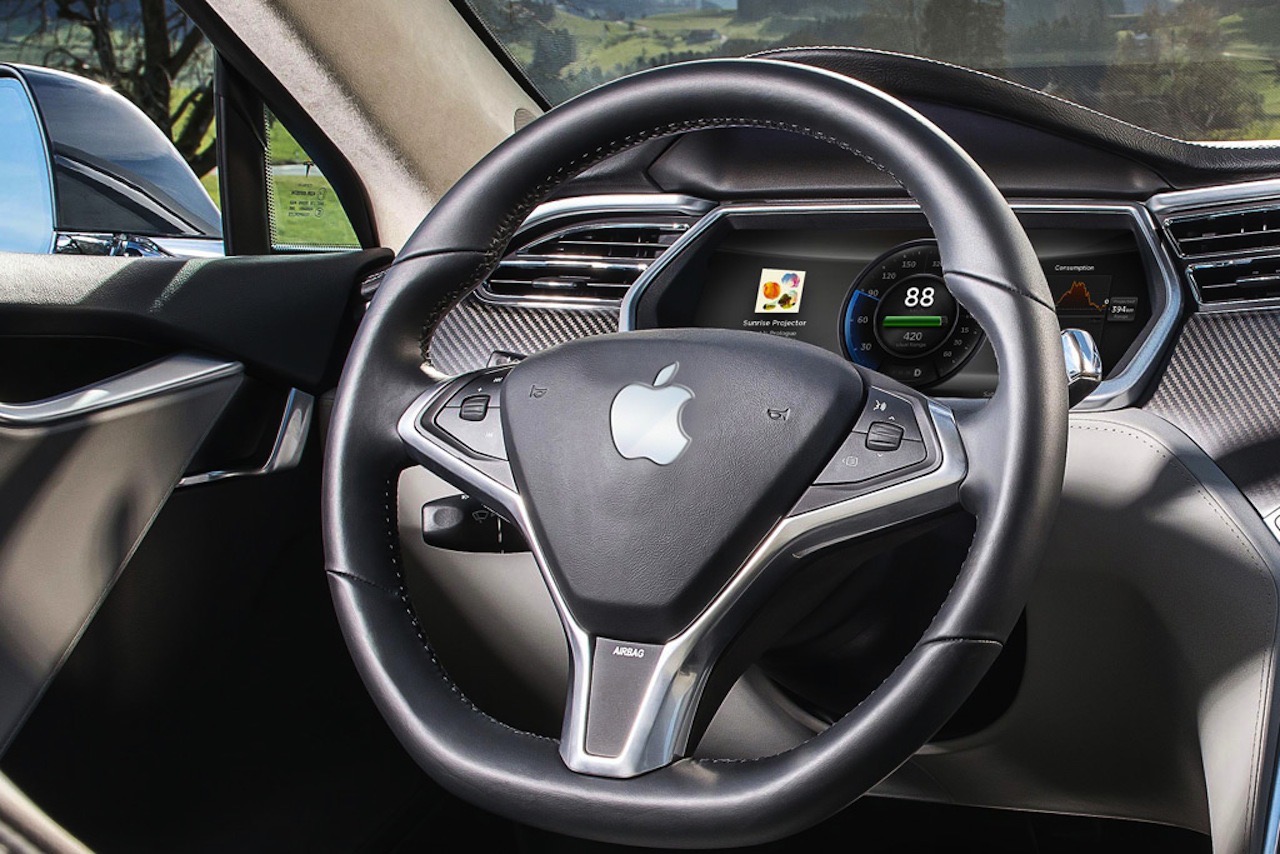
The Apple car design circa 2020 resembled a futuristic van with rounded edges, but had dark black windows with adjustable tint. There was a glass sunroof, a pure white exterior, and whitewall tires with a black center. The front and rear were identical, so it always seemed like you were driving forward. It didn't look like any other mass-produced vehicle, and was optimized for full Level 5 autonomous driving.
Although the interior of the car changed several times, the general idea was a minimalist interface, combined with seats that would normally be seen in a private jet or limousine. Inside, it felt like you were essentially in a “contoured bubble.” This car could comfortably seat four people as the seats can be switched between regular chairs, recliners and footrests.
Many of the car designs included a giant TV in the center to display videos and handle FaceTime. Other variations added iPad-sized screens suspended from the ceiling for access to frequent controls. Apple even went so far as to devise a special air conditioning system that would push airflow along the sides of the cabin, like some modern, high-end airplanes, rather than in the passenger's face.
That wasn't the only vision for the Apple car. An earlier design dreamed up by the legendary Jony Ive looked like a modern reincarnation of the 1950s Volkswagen microbus. The second version was an evolution of that and looked almost identical to the 2017 Volkswagen ID Buzz concept.
The latest prototypes
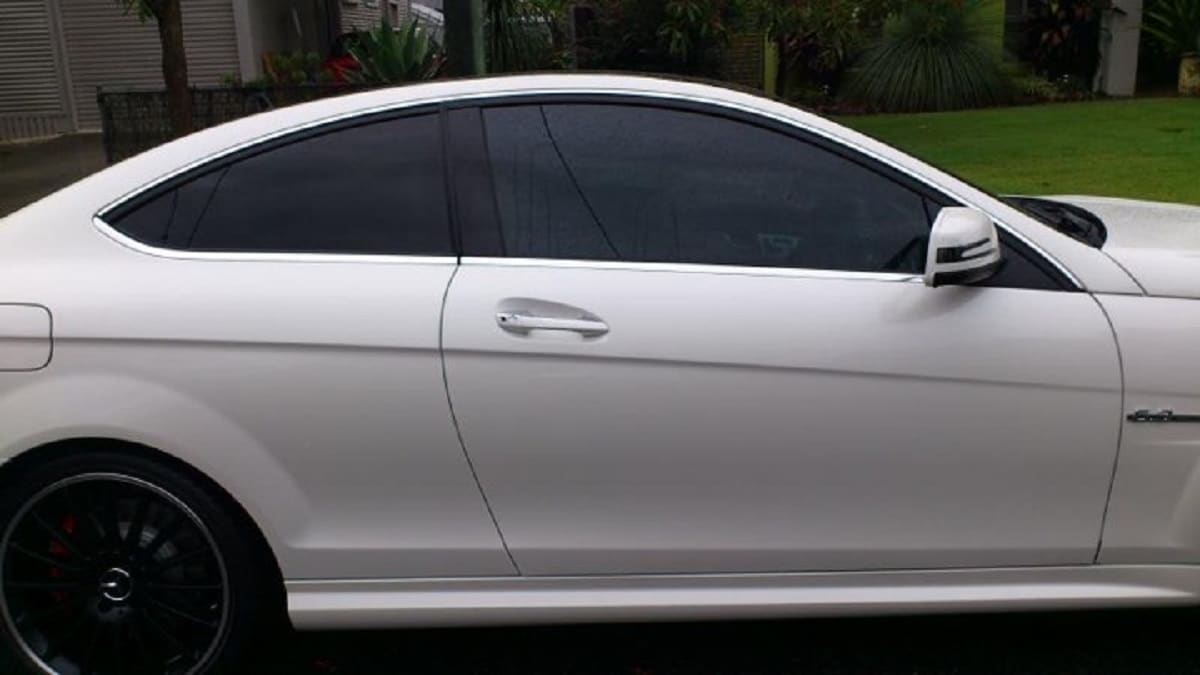
That design was shown inside Apple long before VW announced its concept, and it may not be a coincidence. Some employees left Apple's auto group for the German automaker in the mid-2010s.
A third variation of the Apple car kept the same general design, but it had a much more dramatic front, like a wedge pointing downwards. The fourth version was the model that looked most like the Canoo and brought new excitement to the project in 2020. Tim Cook and COO Jeff Williams were so impressed with the design that they gave a speech at Apple's test track in Arizona and committed to driving development head-on.
The car's last major design, which remains a variation on Bread Loaf's original idea, swapped a sliding van door for gullwing doors like on a Tesla Model X. Even more than with previous iterations, it was not designed for a traditional driver: the vehicle featured a front and rear with pinched curves so dramatic that there was little room for front or rear windows.
When Apple finally decided to switch from Level 5 autonomy to something around Level 2, the company needed to add back a steering wheel and pedals, as well as front and rear windows. In the end, the car had two forward-facing seats that could rotate.
The project ends
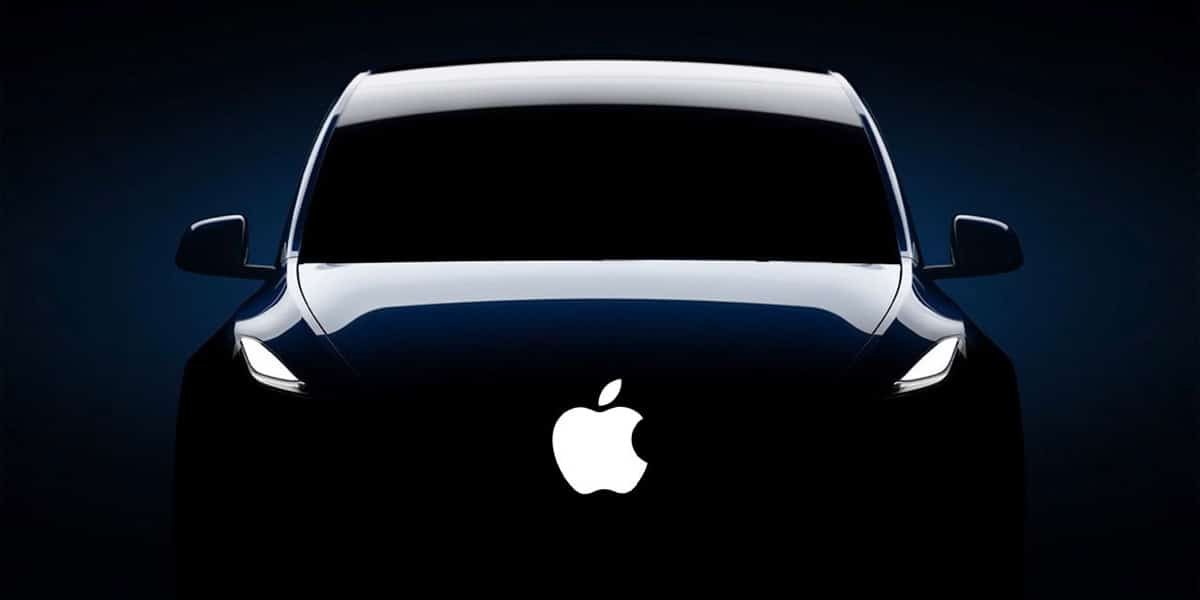
When Apple finally decided to switch from Level 5 autonomy to something around Level 2, the company needed to add back a steering wheel and pedals, as well as front and rear windows. In the end, the car had two forward-facing seats that could rotate.
It's a shame that these designs are lost to time. I think they would have excited buyers. It's true that Apple's car project was always a long-term endeavor, but there was probably a way to make it work.
There will be people in the automotive industry who will say that it was an impossible business to be successful in. But a person close to the project pointed out that consumer electronics is also a brutal market, and Apple has certainly exceeded expectations in that area.
Now the company will have to watch as Tesla, Rivian Automotive Inc. and others try to navigate the electric vehicle industry. Maybe some version of Apple's vision for the car lives on in one of its future designs, we'll see.
